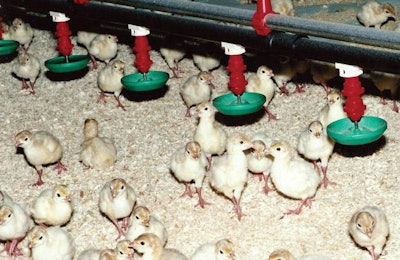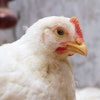
The USDA’s Turkey Hatchery report, released on November 17, 2015, reports that U.S. turkey poult placements in October of 2015 were 6 percent lower than they were in October of 2014. Poults hatched in October 2015 were actually down 14 percent from last year, but hen poults, which were in surplus in 2014, are being substituted for toms this year to offset some of the shortage of tom poults. These hens are then being grown out to heavier weights to be deboned for meat.
Industry sources report that by either April or May of 2016, it is expected that the total number of poults placed in the U.S. will return to same period of 2014 levels. This will only be accomplished with continued substitution of hen poults for some tom orders. It is expected that it won’t be until early summer that total poult placements return to same period of 2014 levels without substitution of hens for toms.
If these forecasts for poult placements are borne out, then U.S. turkey slaughter volume won’t reach or exceed 2014 levels until the end of 2016.
The tight supply of turkeys in the U.S. has led to record high wholesale prices for breast meat and whole birds this year. Thankfully for those of us who really love to eat turkey, some of those “wizards of smart” marketers have decided that losing a $1.00 per pound selling frozen whole birds is a good thing.
I have already purchased one 21-pound basted bird for $0.47 per pound and I plan on buying a couple more this week. Spending at least $35 on my shopping trip to my neighborhood Food Lion qualifies me to buy up to 2 turkeys at this reduced price. I just love when one of my favorite food items is the designated “loss leader.”
Happy Thanksgiving!


















